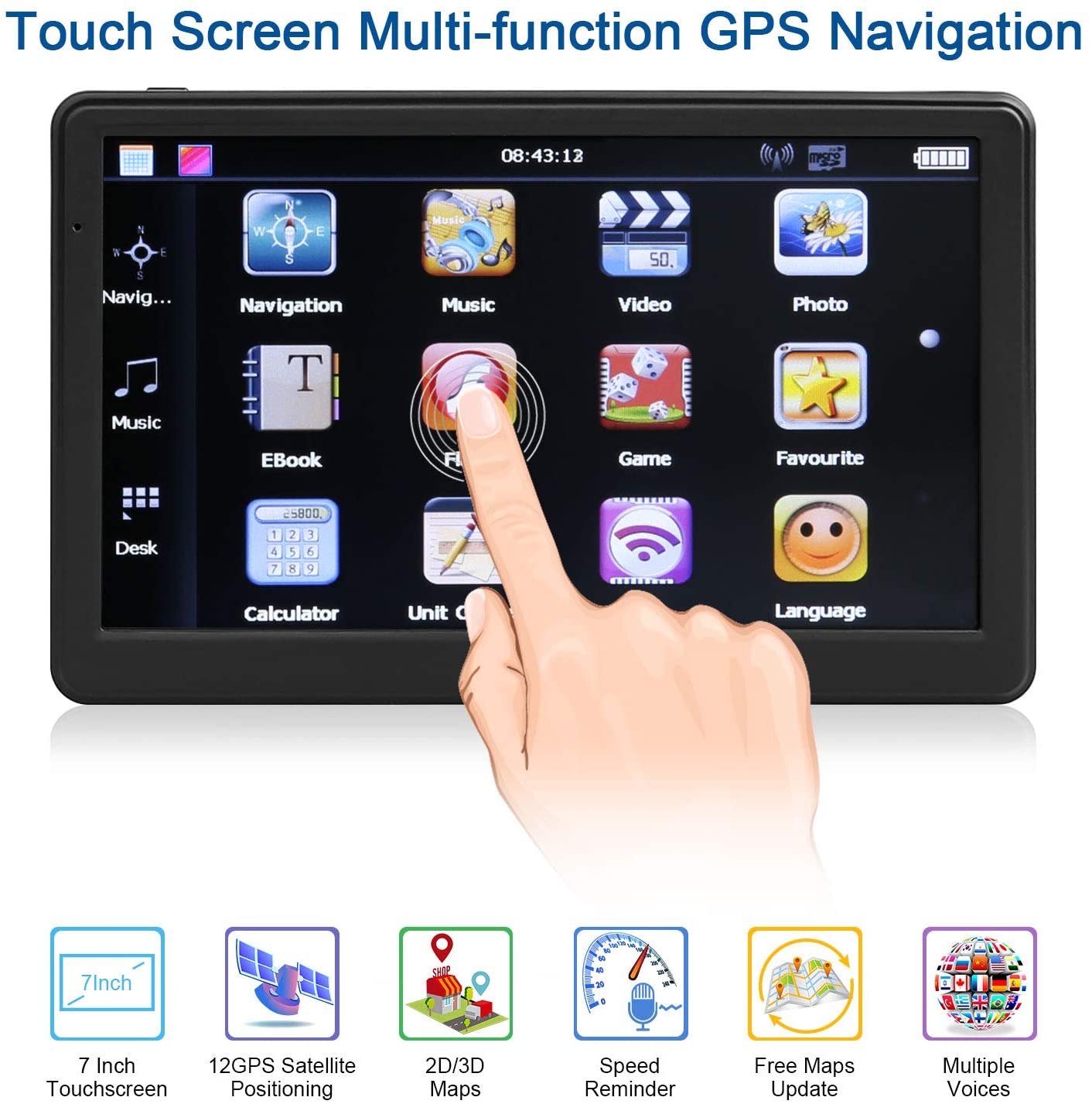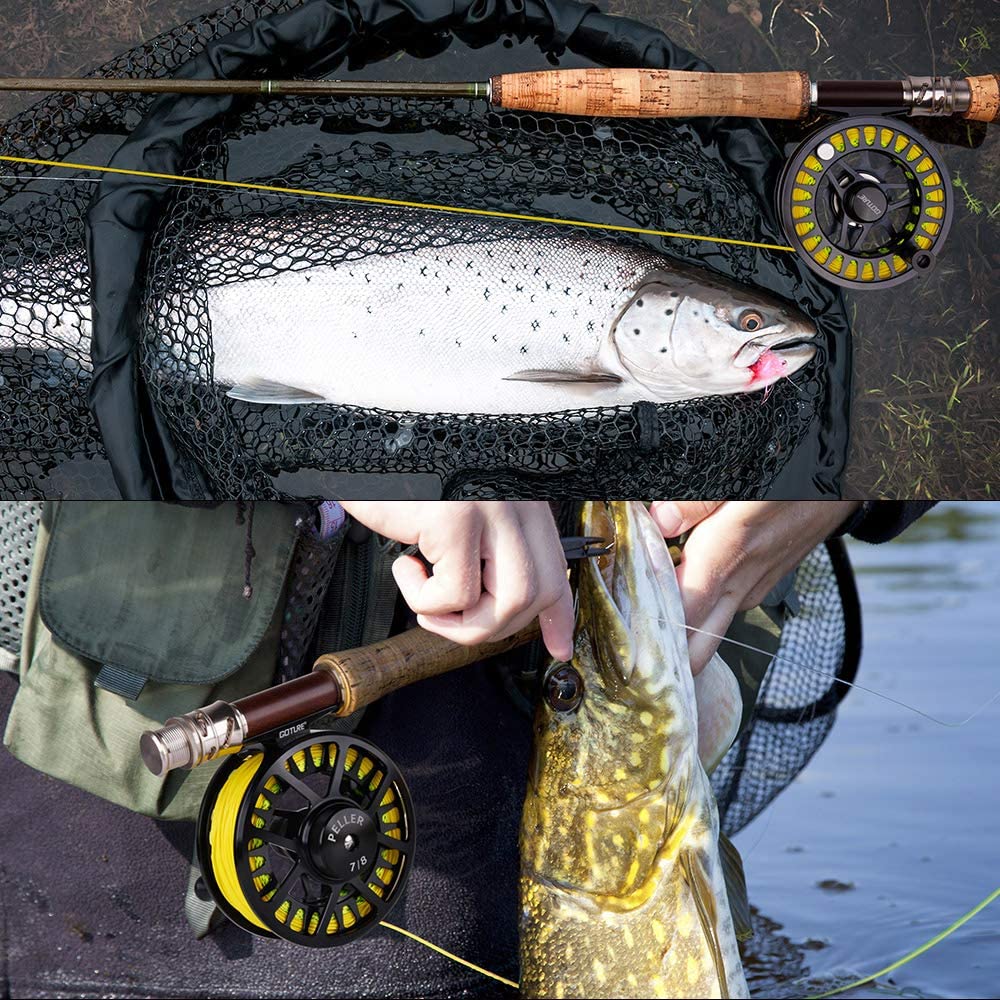Last updated on January 13th, 2021 at 04:09 am
Last updated on January 13th, 2021
If you are a lover of the outdoors or treasure hunting, then you already know about geocaching. But what if you want to foray into the world of treasure hunts and outdoors fun, where should you turn? This is where geocaching comes in.
In simple words, geocaching refers to an outdoors, real-life, recreational treasure hunting activity. It uses GPS technology, using receivers or GPS-enabled devices to track down treasures, or cache. These caches contain small items or logbooks that are hidden by other geo-explorers.
When it started
Geocaching started on May 2, 2000, after the removal of the Selective Availability from the GPS. Dave Ulmer placed the first-ever geocache on May 3, 2000. He posted the location on a site. The cache was found twice in three days, starting a tradition that has grown in number to this day.
How Does Geocaching Work?
Geocaching, as mentioned above, uses GPS technology, and the geocaching website. You will also need a smartphone app to find the cache locations, create and log the caches found, or add them.
How to get started
For you to start, you will need to;
- Get a GPS device or a GPS compatible phone
- Create a free account on the geocaching website. You can also sign up through the geocaching app
- Use a GPS receiver to put the coordinates or use the app to find the coordinates of a geocache.
There are rules to be followed if you want to join in the treasure hunt. They include;
- Geocaches should remain hidden. Keep a low profile, and don’t give away the location of the cache to people.
- Trade cache items. You can remove the items found in the cache and replace it with something of equal value, or replace it with something more valuable than what you found.
- Remember to log your cache. There is usually a logbook near the cache where you should put down what you took and replace it. You can also do that on the site or the app.
- Be careful when planting caches. Don’t put any food or scented items that can attract animals.
- Be safe, and don’t place anything illegal in the geocaches. Don’t plant caches on private property and follow safety precautions.
- Follow the CITO rule, “cache in, trash out”, and respect the environment.
What to Bring On a Geocache Hunt
To ensure you are equipped for a full out geohunt, you need to have the proper gear. These are some of the things you should have with you;
- A map or a compass. You can find this on your GPS receiver, but it is good to bring one along just in case.
- Waterproof backpack. You can never know where the hunt will lead you or whether the weather will change, so carry a bag that will protect your gear.
- Hiking boots. You might need to go hunting in rough terrain, and hiking boots will come in handy.
- Water. Always make sure you carry a lot of water and stay hydrated at all times.
- Whistle. A whistle will help you if you get in trouble. It will help you call for help.
- Flashlight. For seeing in the dark
- Batteries. You will need batteries to ensure your GPS doesn’t fail on you.
- First aid kit in case of emergencies.
- Pen and paper. This is going to help you log things in when there is no storage space.
- Cache repair kit. The kit is to make sure you leave the cache in the condition you found it in, or even better.
- Cache replacement. The rule is to take something out and replace it with something of equal or more value. Never leave the cache empty.
There are many other things to carry, so always ensure you are ready. Carry things that are required in the area you are going to hunt in. It is better to be safe than sorry.
How to Find a Geocache
Arm yourself with a map and a GPS receiver. A map can help you find the best way to approach the location. Let someone know where you are going in case of emergencies. You might find hints that lead you to the location of the cache. You should use your research skills since some of the caches are hidden in innovative places.
If you find a cache, open it, sign the logbook and write down your experience, take the item and replace it with one of your own. Close the cache and replace it where you found it. Don’t be disappointed if you don’t find a cache, it happens. Inform the person who hid it of the cache’s condition, or whether you found it or not. Do not disturb the environment where the cache is located.
Hiding a Cache
If you have found as many caches as possible, you might want to hide one yourself. These are the steps you should follow. Start by deciding the kind of cache you will hide, it is recommended you hide a simple one, near where you live.
Make sure to maintain it regularly. Do not hide it in private areas without the owner’s permission. Follow the rules required when placing a cache, even in public areas. Find a secluded place to hide your cache, do not disturb the environment, however. Place your cache in a safe and easy to find place.
What Is In A Geocache?
Finally, we will look at the things you can find or put in a geocache. There are treasures to be found in a cache; just don’t expect them to be expensive. Most caches contain small things like key chains, jewellery, or souvenirs.
The rule of the game is battering. If you take an item, replace it with something else. Make sure you replace it with something of equal or better value. These things are known as ‘swag items’, which stands for stuff we all get. You can log an entry in a logbook in case you didn’t bring something to trade.
Final Words
Geocaching is a great way to have some outdoors fun. You can experience new things and visit new places while geocaching. Remember always to respect the environment and leave the caches in better conditions than the ones you found them in. Go out, have yourself a treasure hunt, and join the geocaching community.





